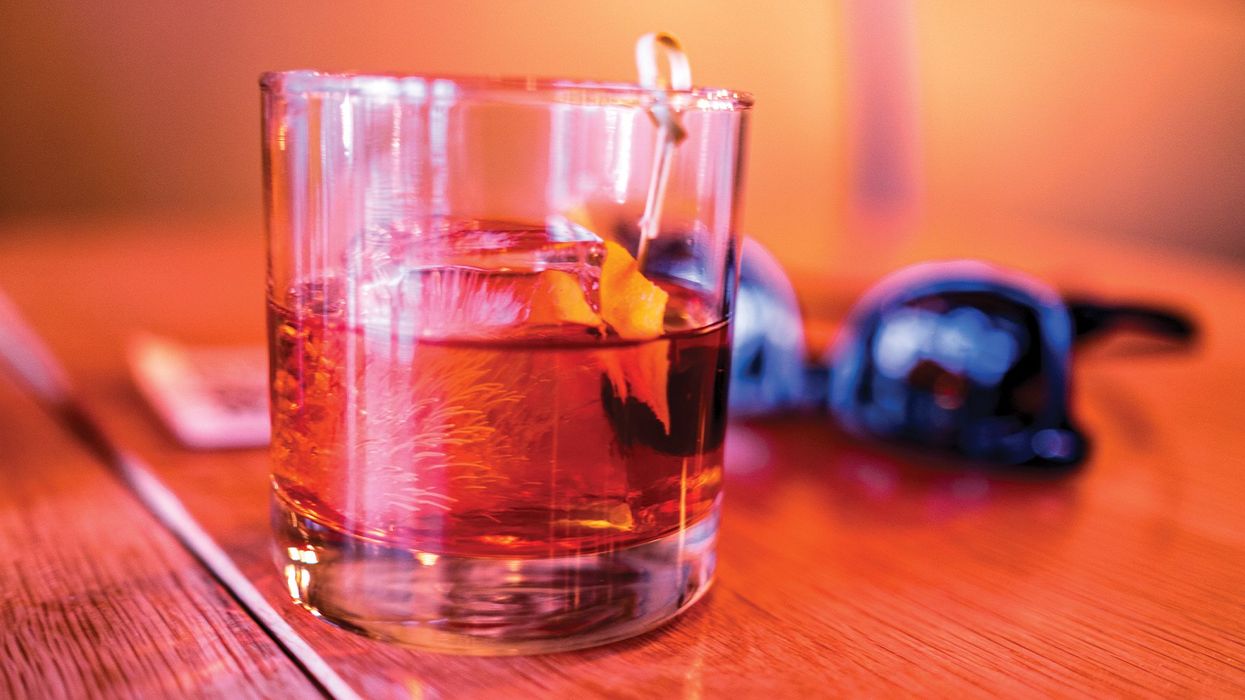
Image by Peter Gietl

The anatomy of the cocktail.
The Old Fashioned is one of the most iconic and enduring cocktails in the world, embodying the very essence of what a cocktail should be: simple, elegant, and focused on high-quality ingredients. Its history dates back to the early 19th century and has a fascinating evolution.
The term “cocktail” first appeared in print in 1806, defined as a potent concoction of spirits, sugar, water, and bitters. This basic formula is precisely what makes up an Old Fashioned. The cocktail’s name itself reflects its roots. By the mid-19th century, as bartenders began experimenting with more complex drinks, patrons seeking a traditional beverage started requesting their cocktails made in the “old-fashioned” way. This led to the birth of what we now know as the Old Fashioned.
The Pendennis Club, a gentlemen’s club founded in Louisville, Kentucky, in 1881, claims to be the birthplace of the Old Fashioned. According to legend, a bartender at the club invented the drink in honor of Colonel James E. Pepper, a prominent bourbon distiller, who later introduced it to the Waldorf-Astoria Hotel bar in New York City. This story, while romantic, is hard to verify. However, it underscores the cocktail’s deep connection to bourbon and American whiskey culture.
Throughout the 20th century, the Old Fashioned remained a popular drink, especially during the Prohibition era when the quality of available spirits was often dubious, and the added sugar and bitters helped mask the harshness. Post-Prohibition, the cocktail experienced various transformations. In the 1950s and 60s, it was common to see Old Fashioneds garnished with muddled fruit, a practice that purists often frown upon today.
The cocktail experienced a significant revival in the early 21st century, driven by the craft cocktail movement and a renewed appreciation for classic drinks. Bartenders and cocktail enthusiasts began to rediscover and celebrate the simplicity and elegance of the original recipe, emphasizing high-quality whiskey, a sugar cube, a few dashes of bitters, and a twist of citrus.
Pop culture also played a role in the Old Fashioned’s resurgence. The hit television series “Mad Men,” which aired from 2007 to 2015, prominently featured the cocktail as the drink of choice for its suave protagonist, Don Draper. This brought the Old Fashioned back into the limelight and introduced it to a new generation of drinkers.
Today, the Old Fashioned remains a staple in bars worldwide, cherished for its simplicity and the way it showcases the spirit’s character. Its enduring popularity is a testament to the timeless appeal of a well-made cocktail that adheres to the basics of good drinking: quality ingredients, balanced flavors, and a touch of sophistication.
Ingredients:
Tips: